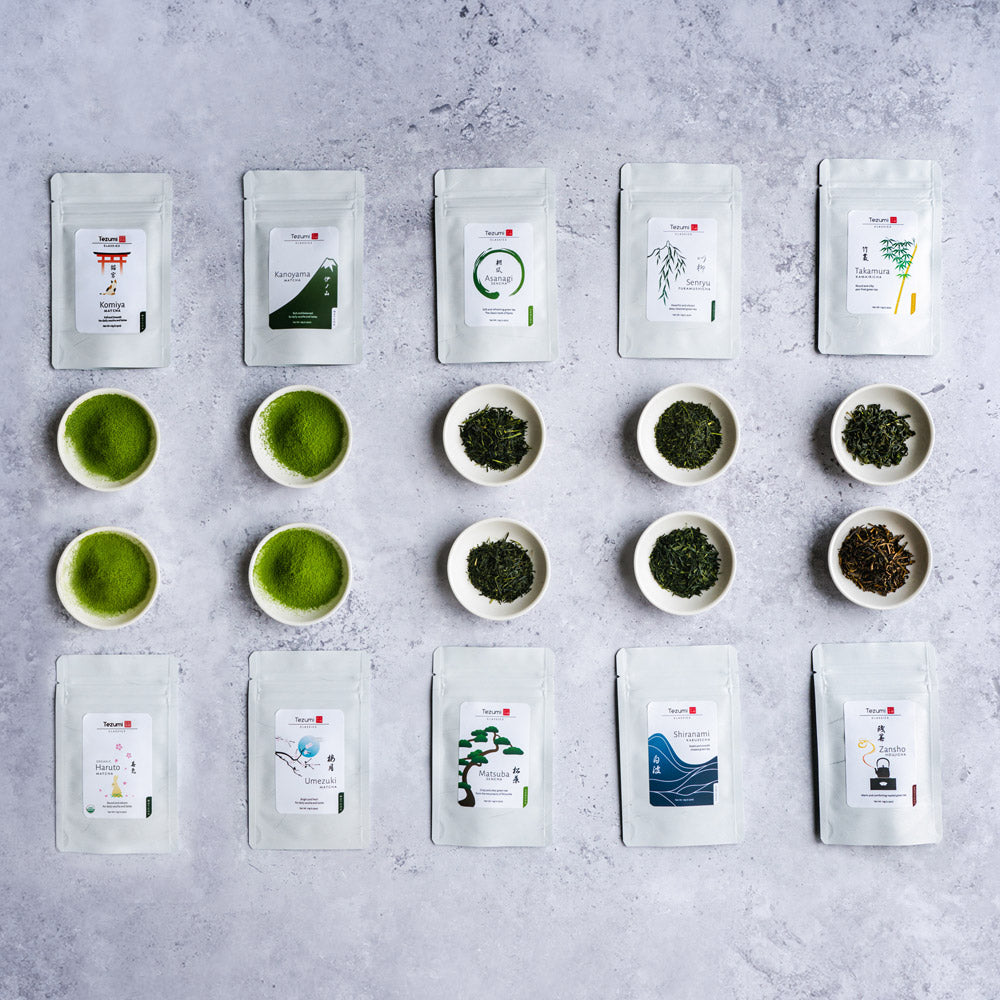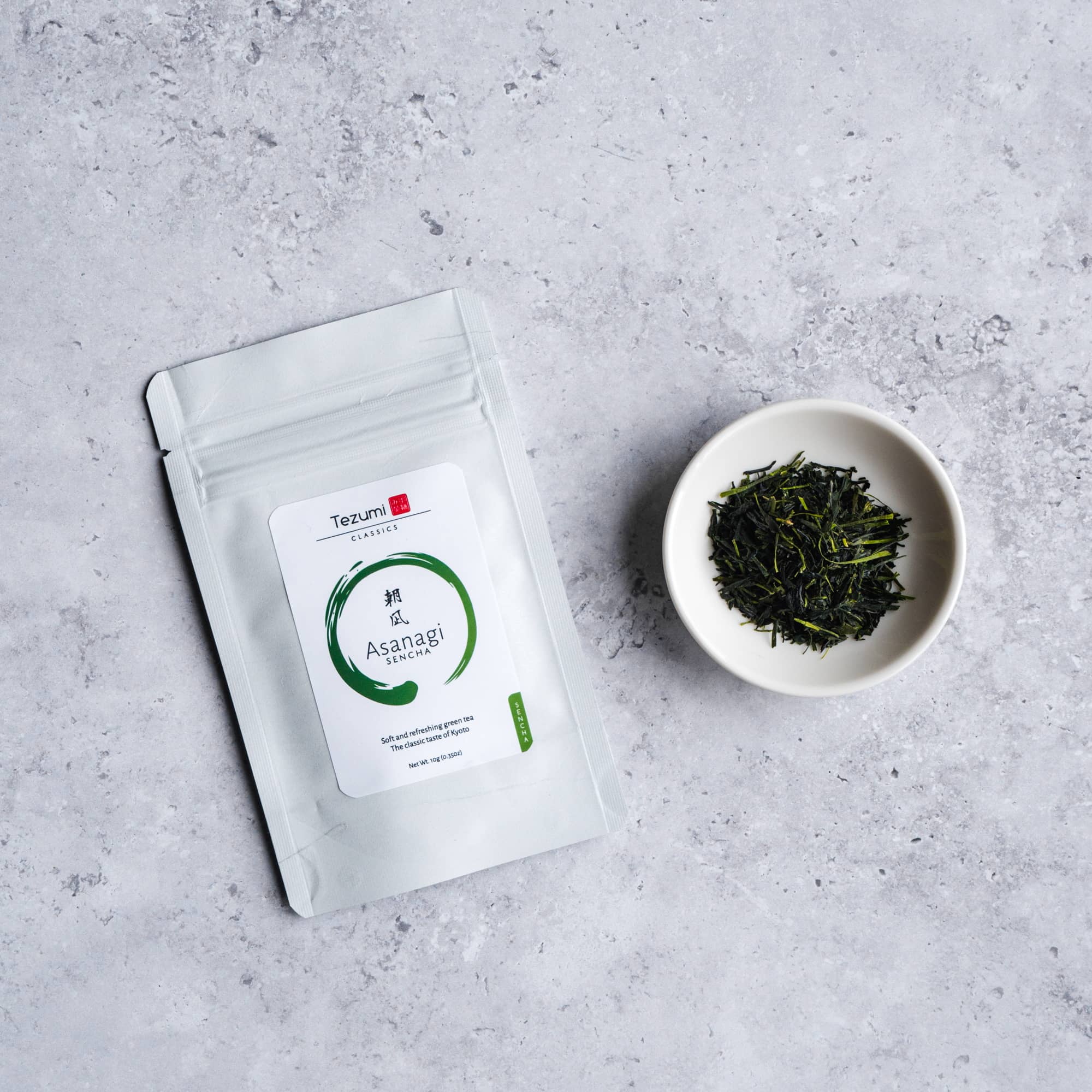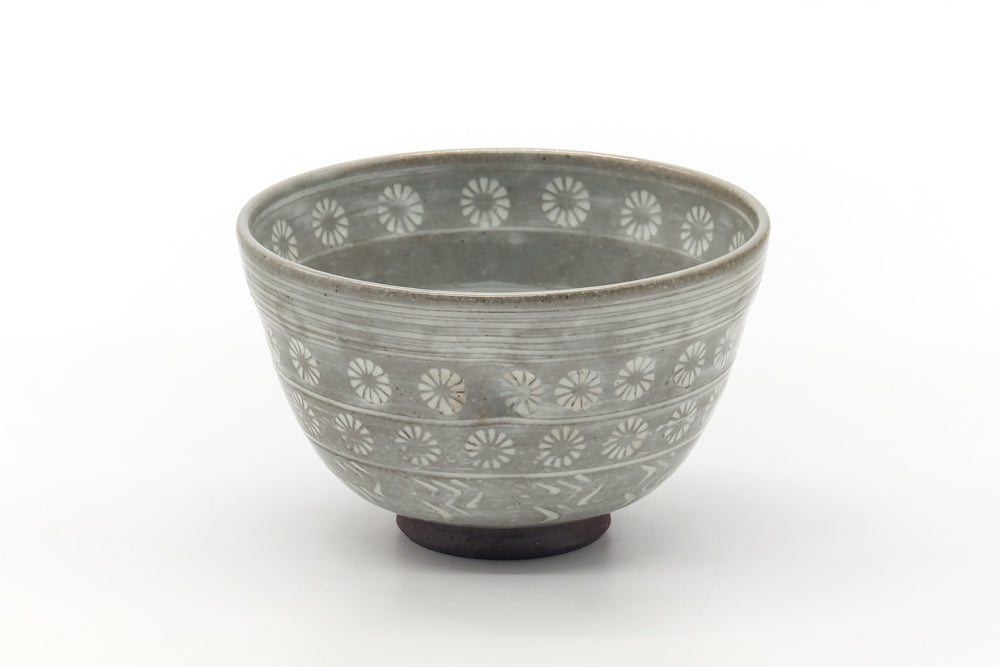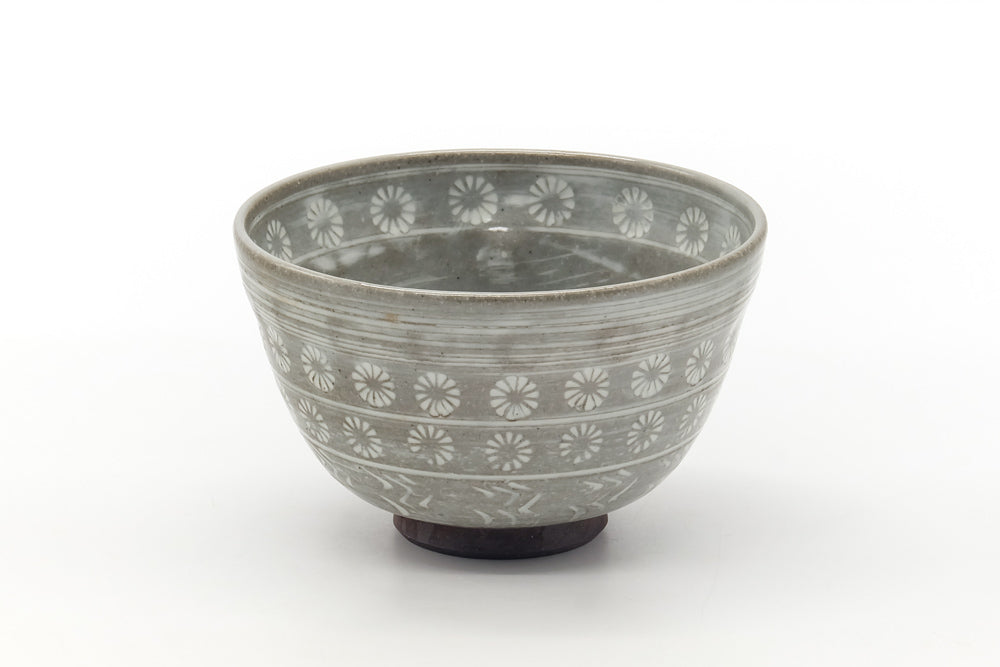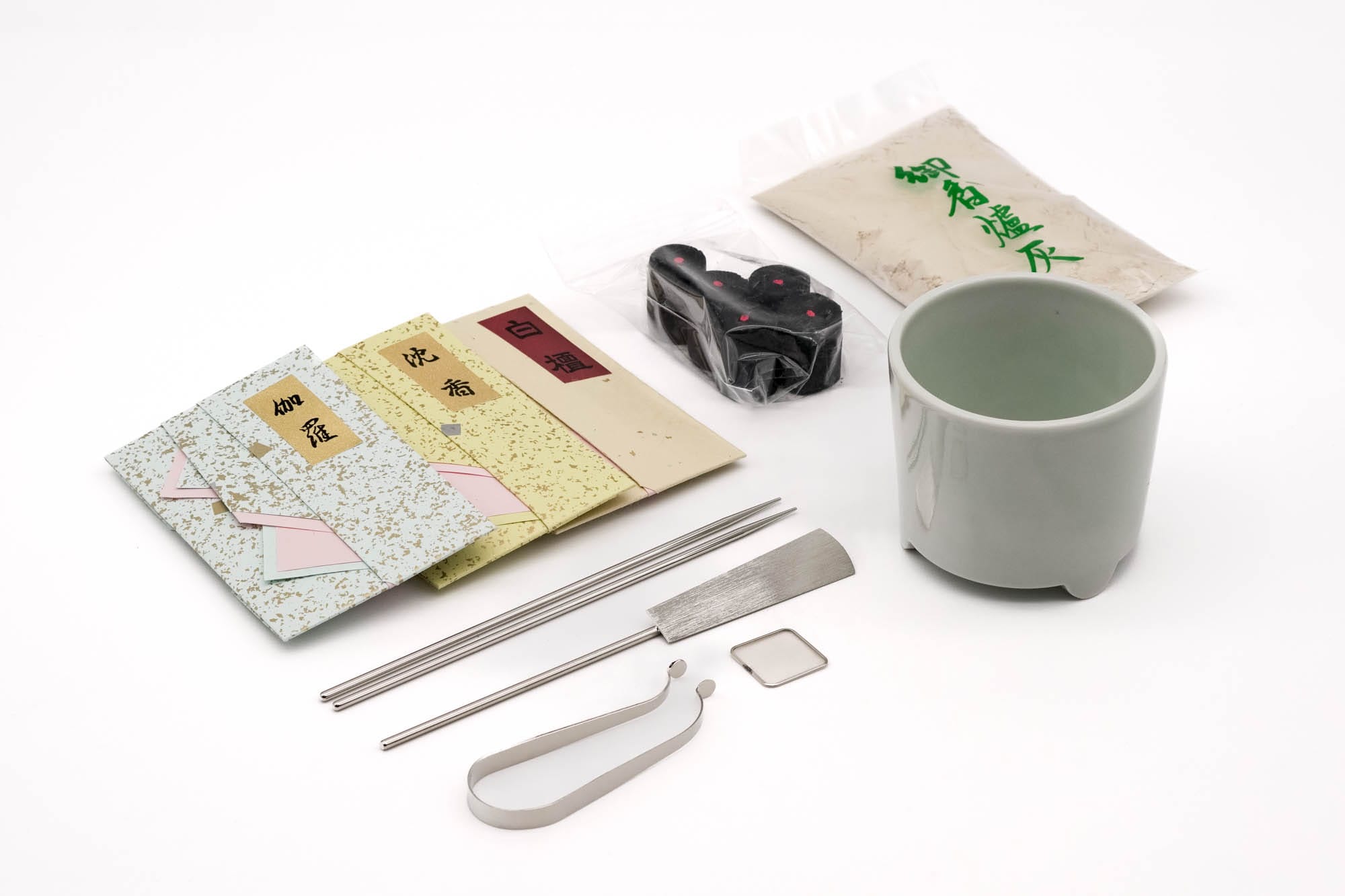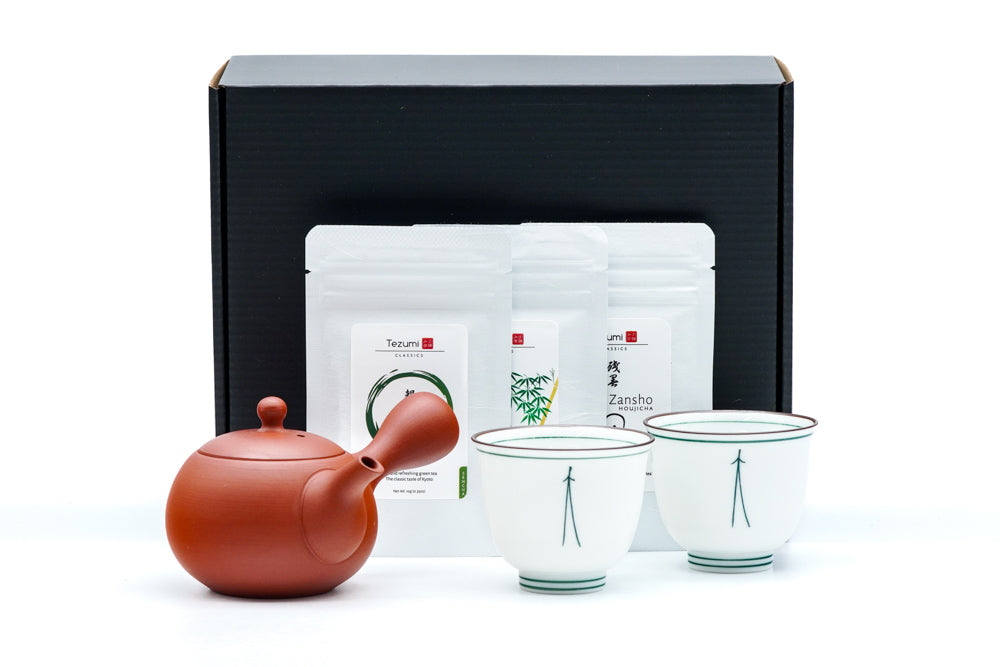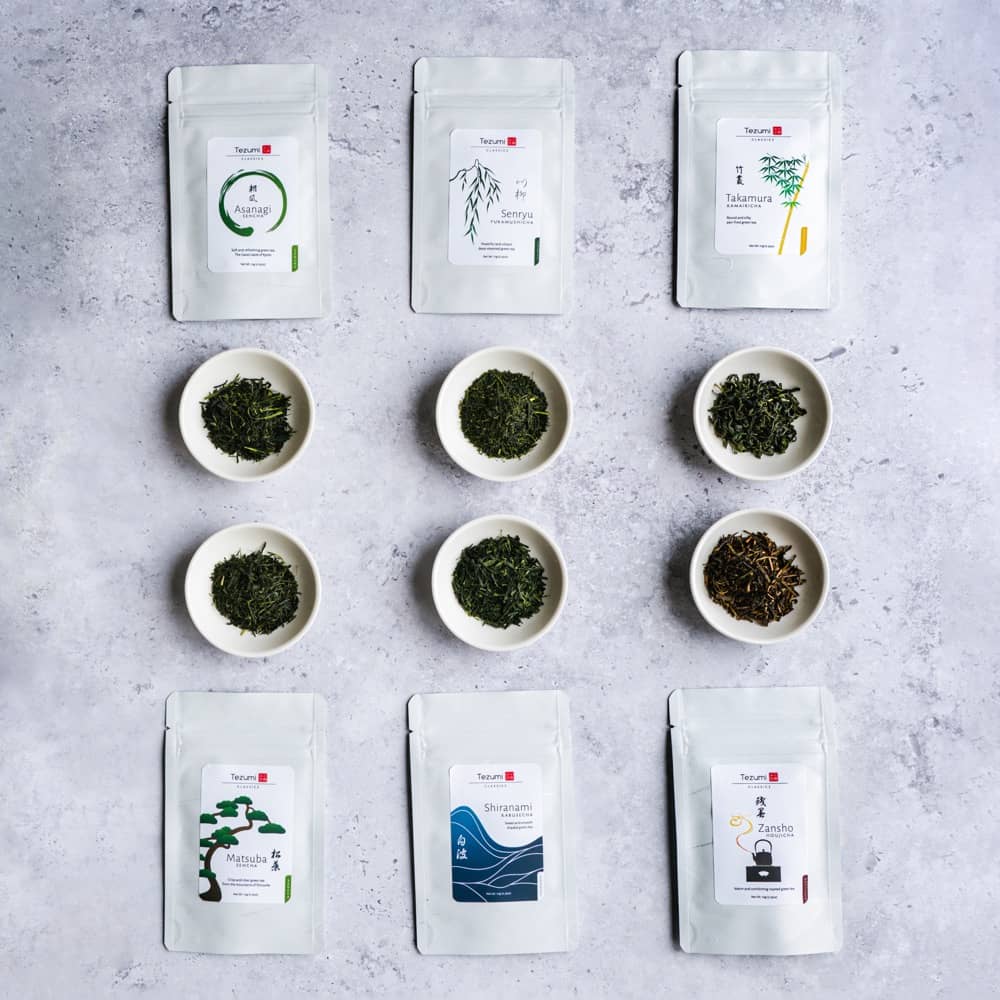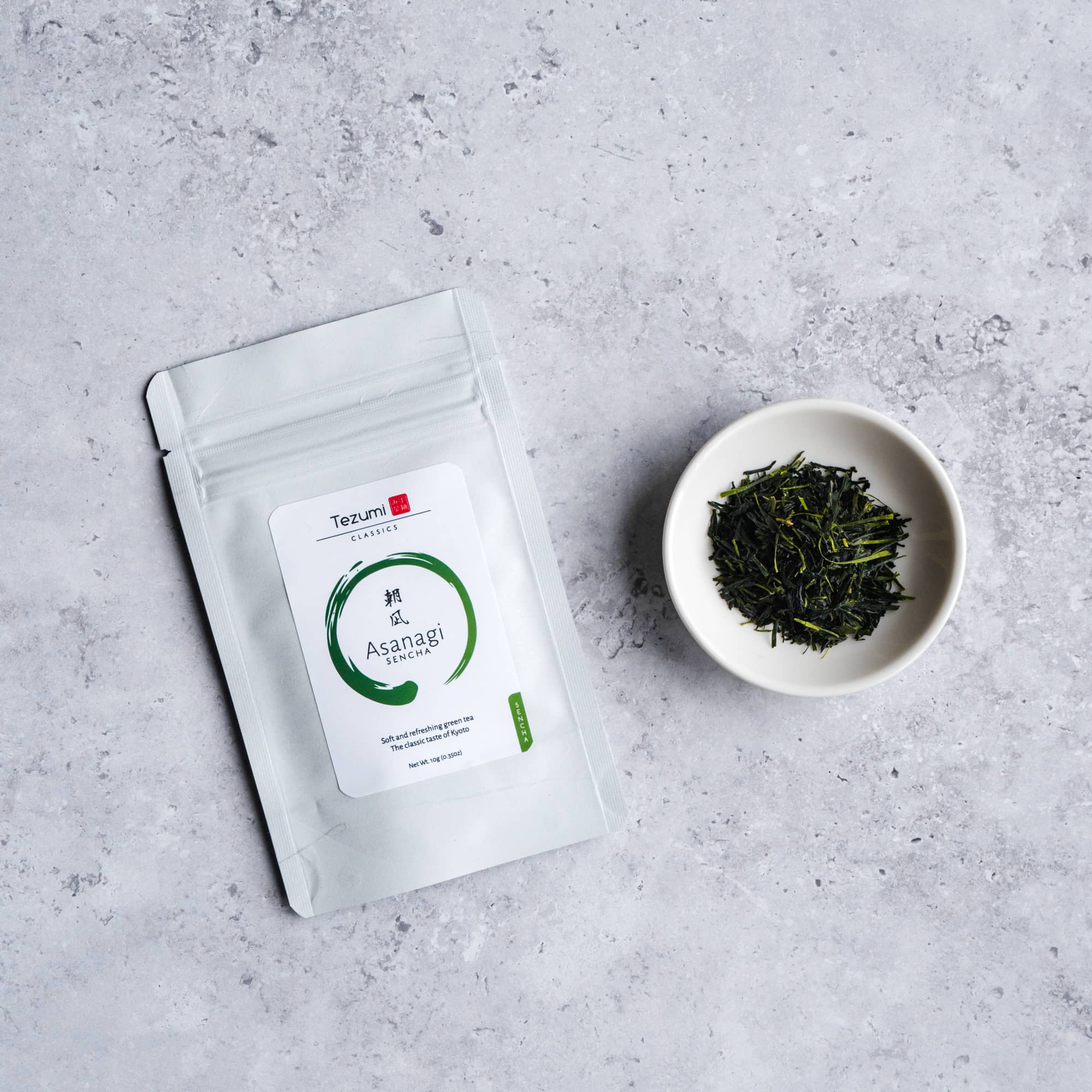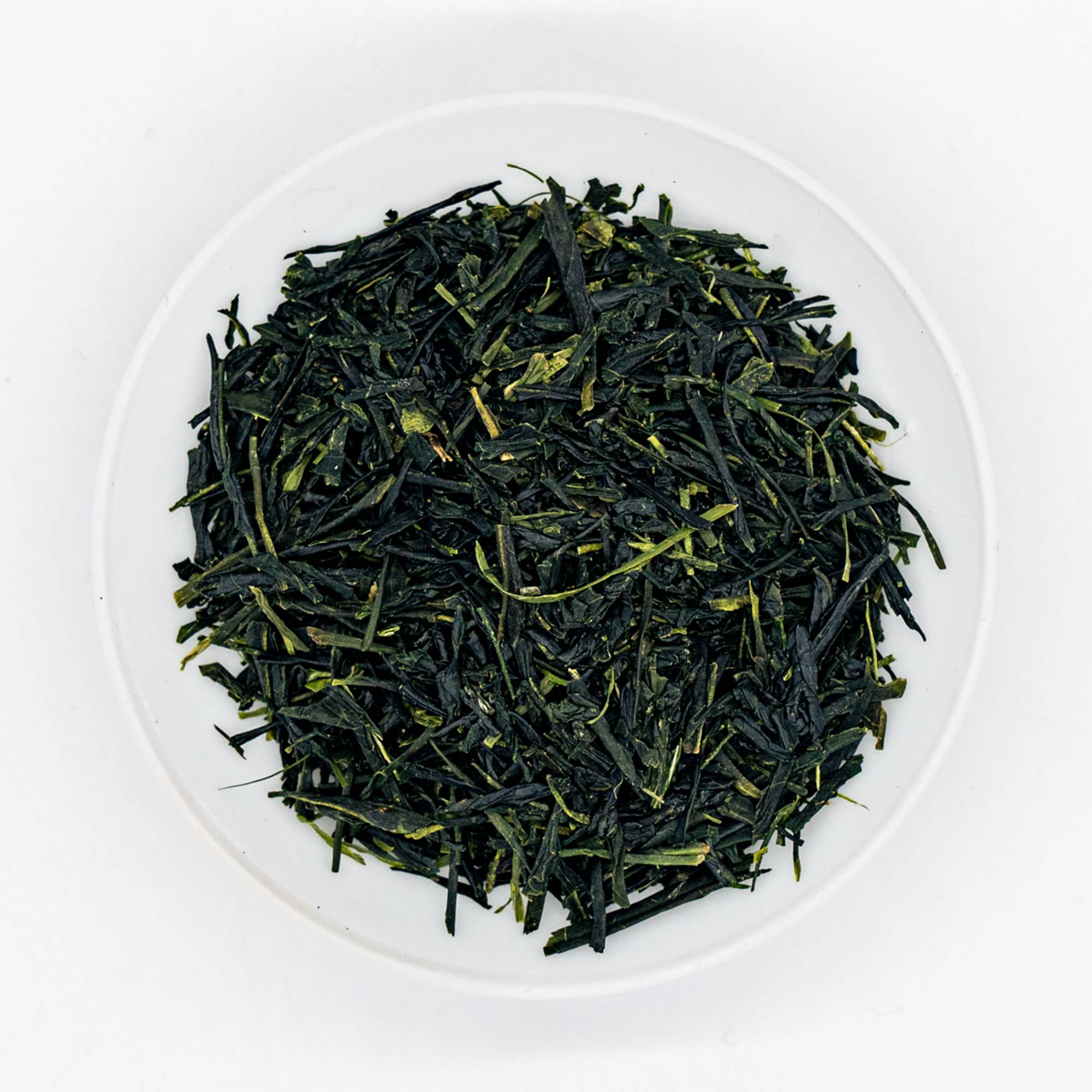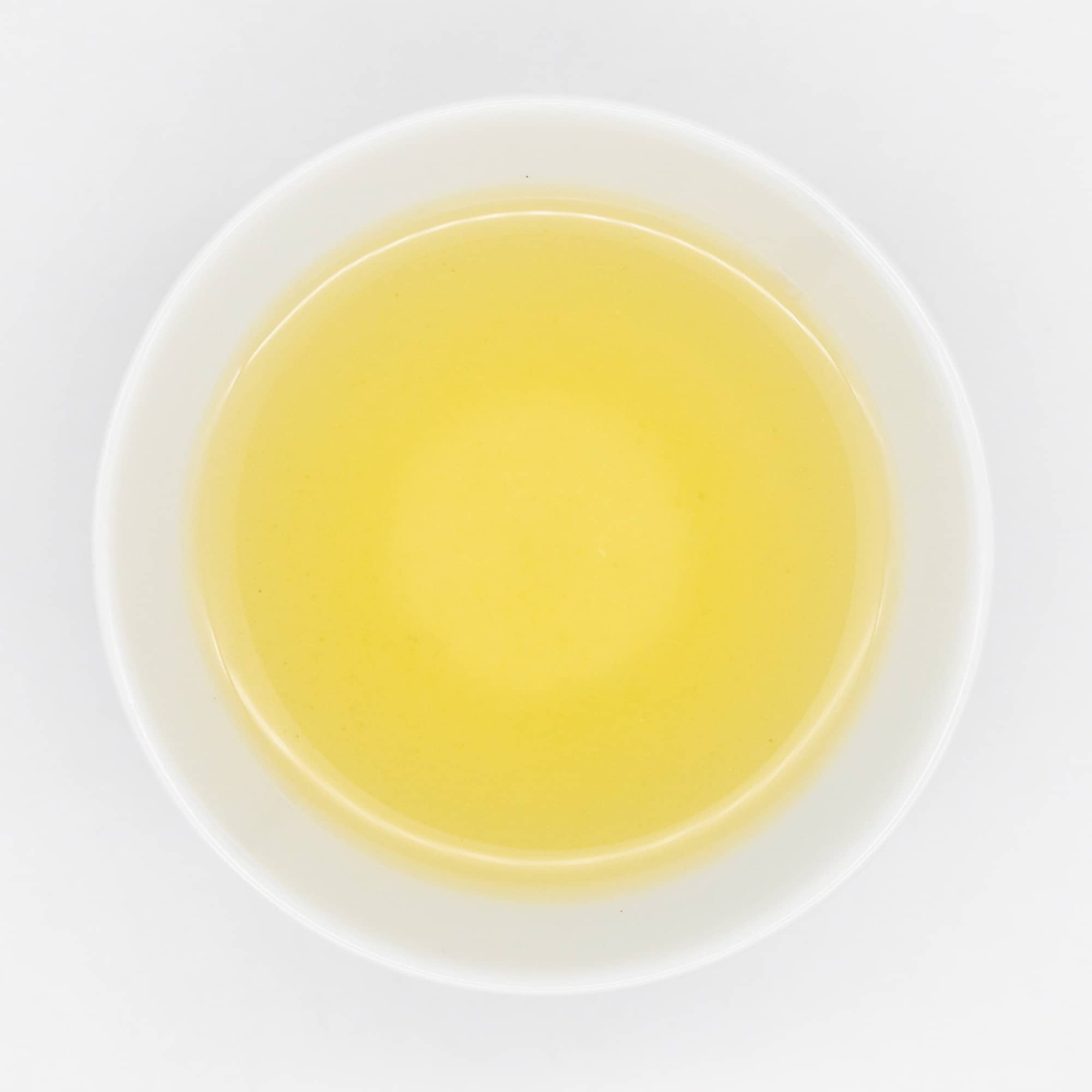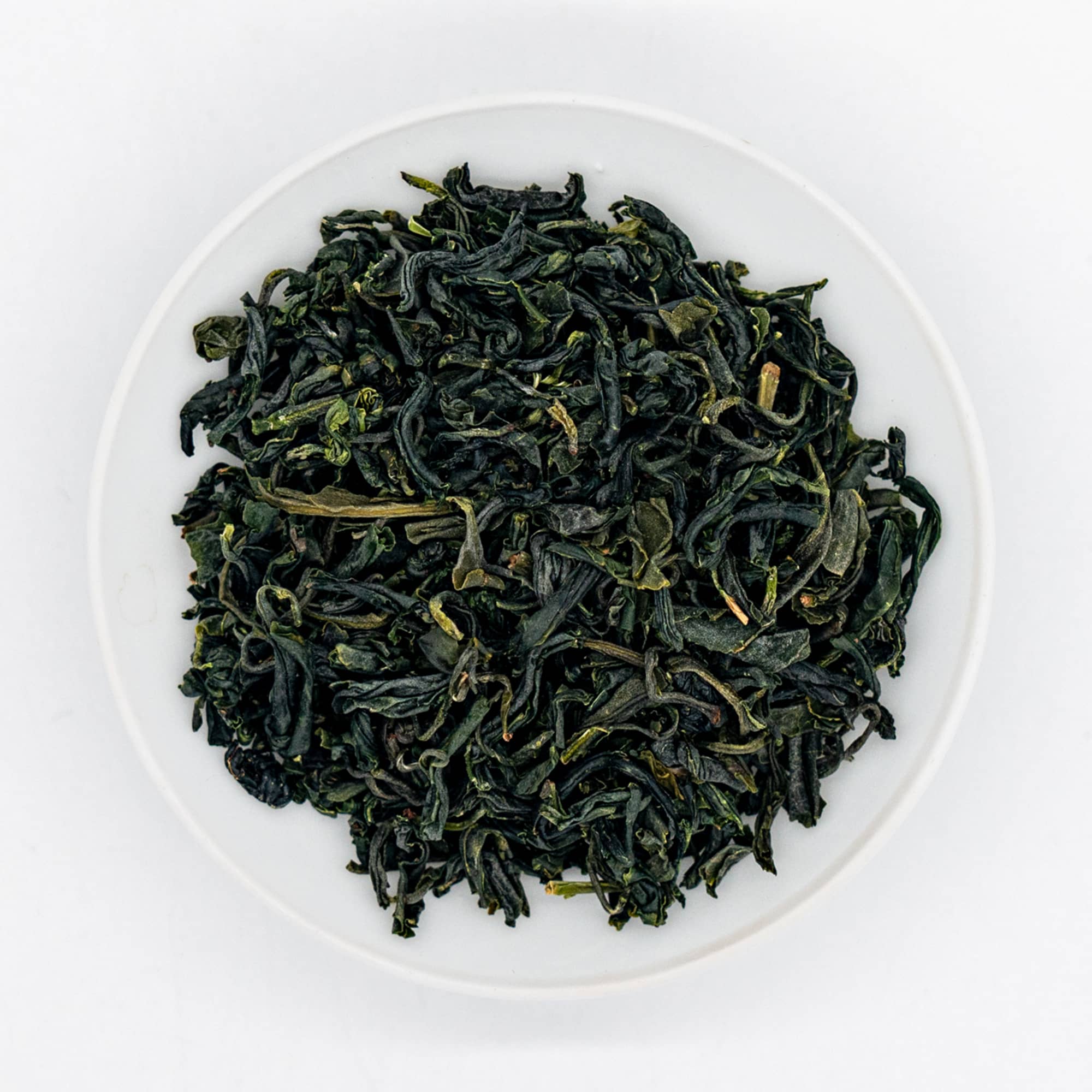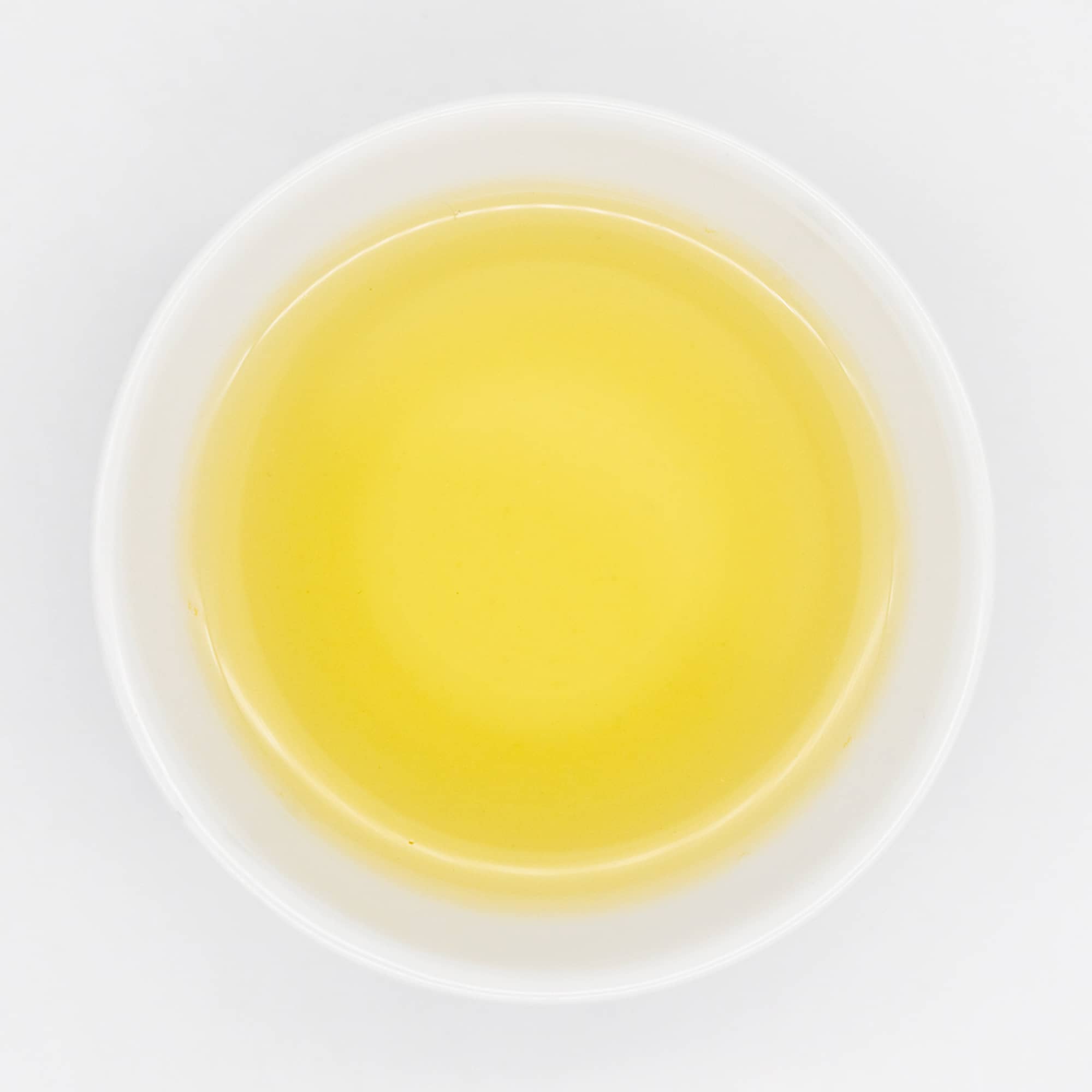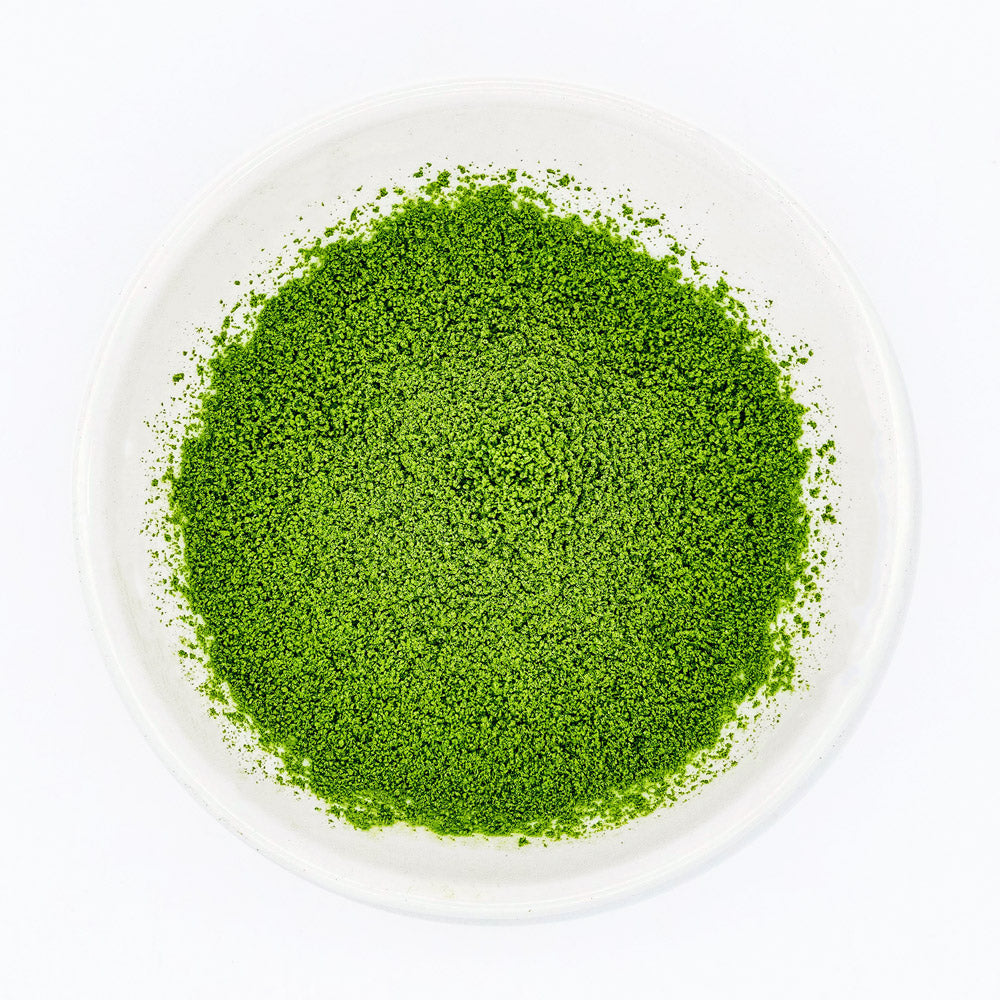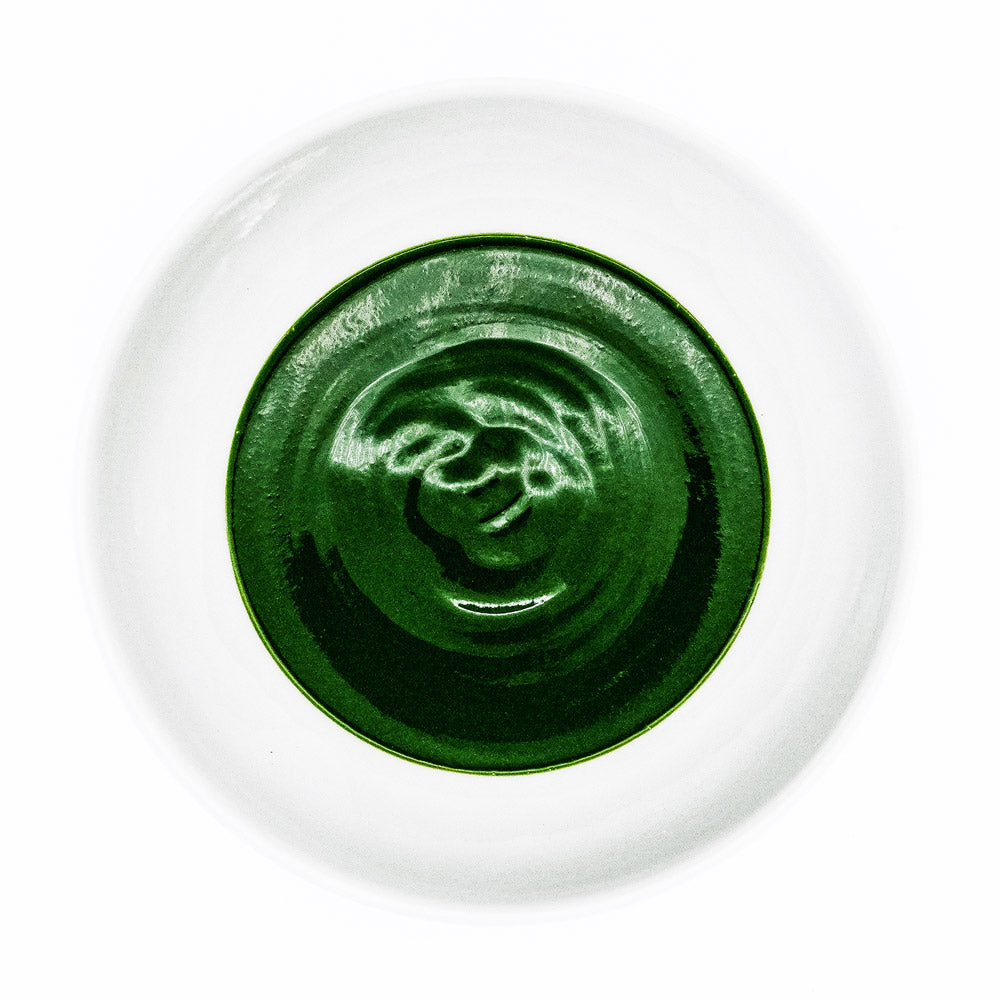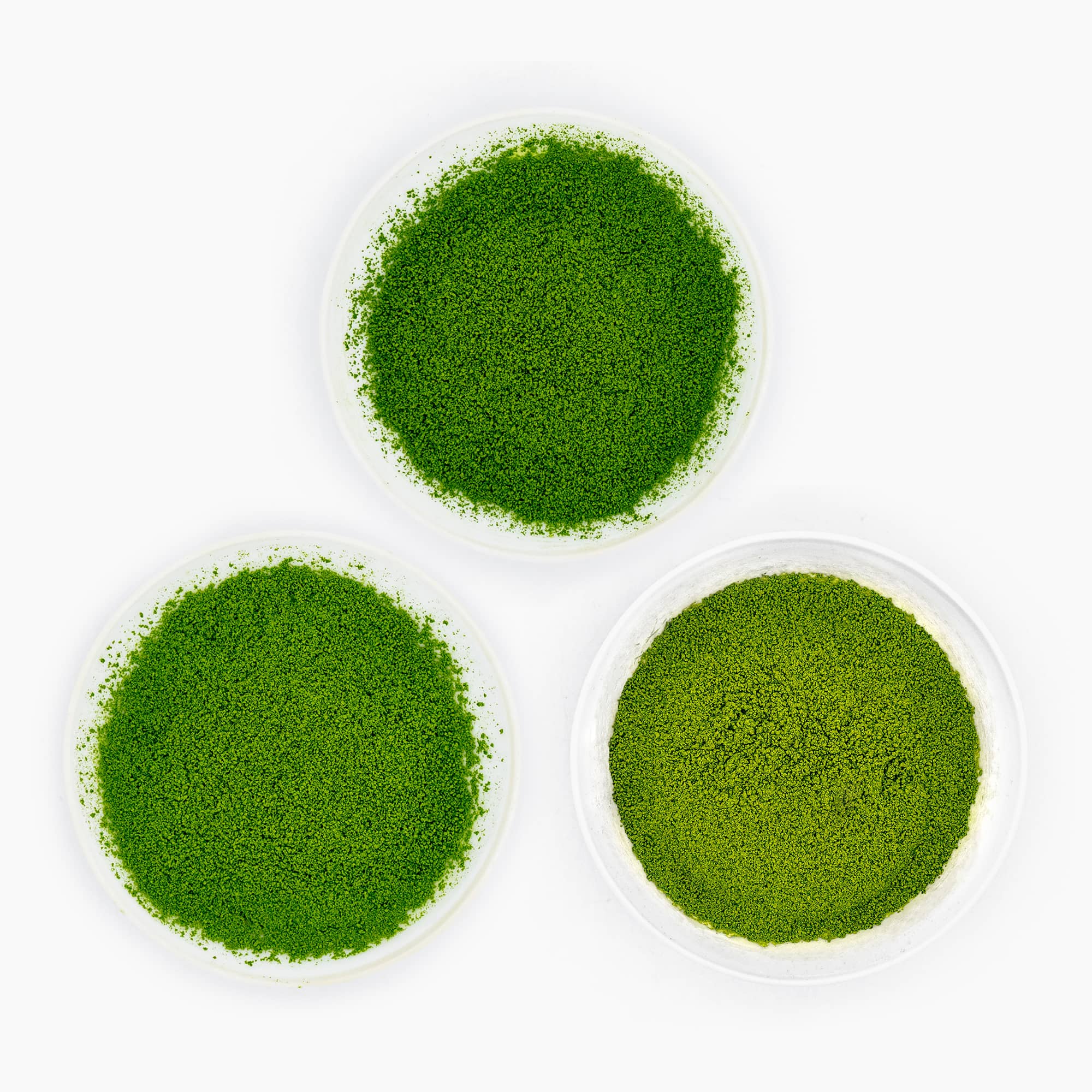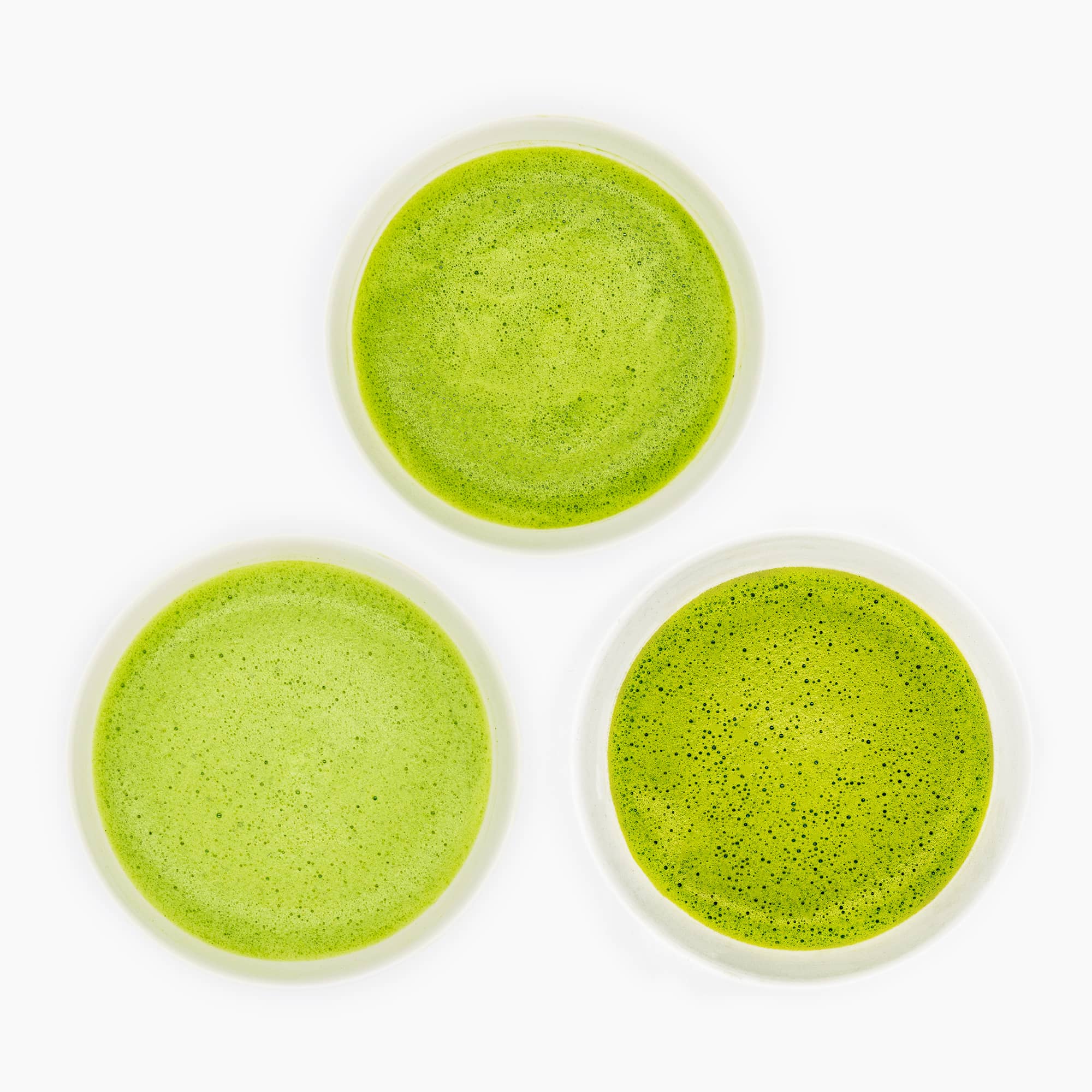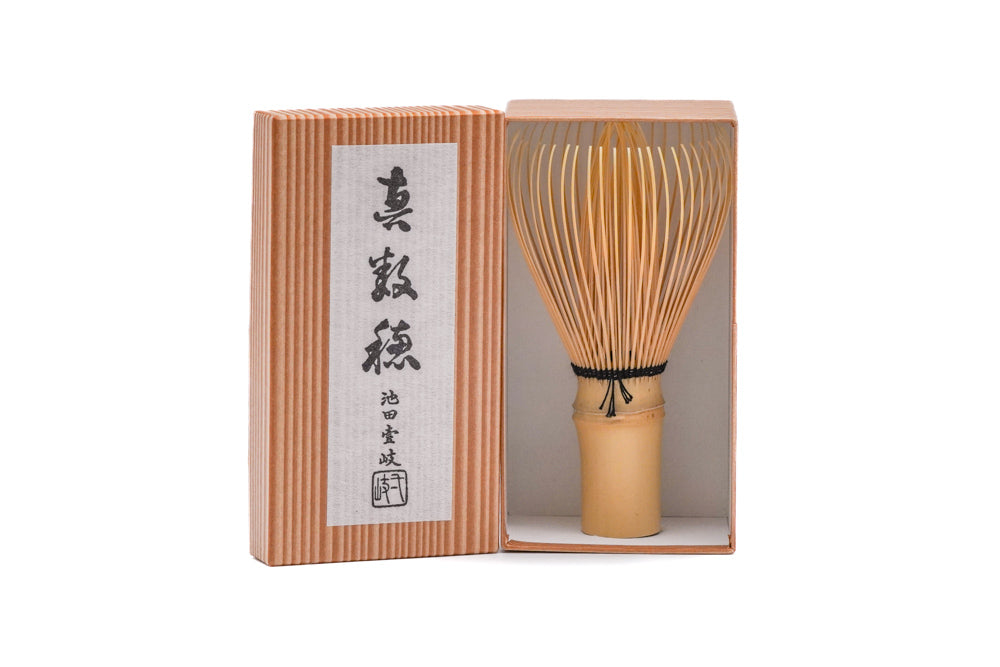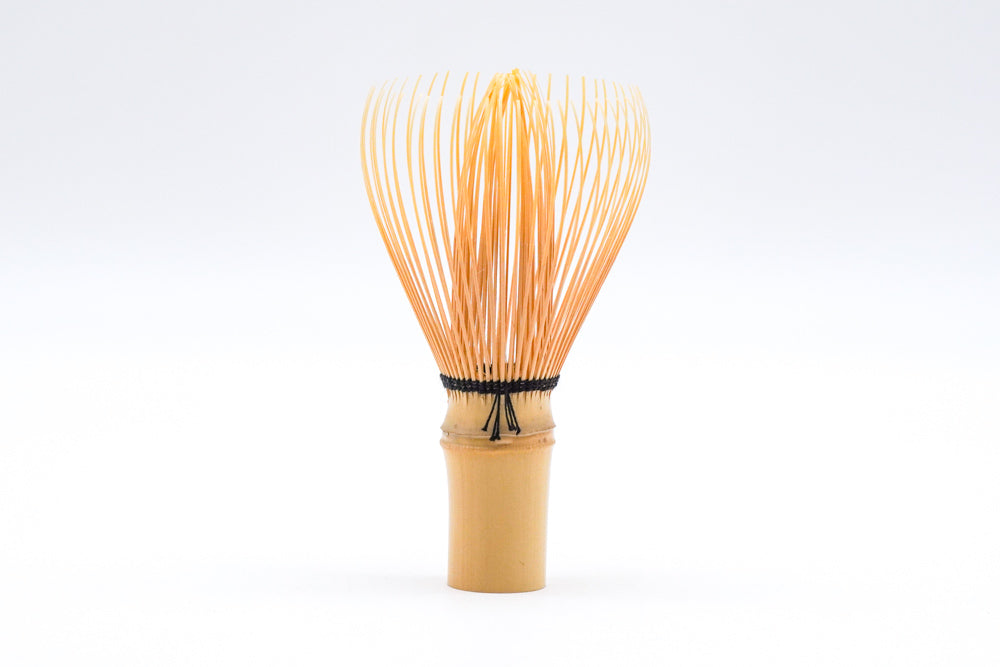How to Make Matcha | An Intro to Koicha

Koicha has been savoured by tea ceremony masters for centuries, and it is time for this pinnacle of matcha preparation to leave the confines of the tearoom and be enjoyed by tea enthusiasts worldwide!
What is Koicha?
While you may be most familiar with the foamy delight that is usucha (薄茶 - thin tea), matcha enthusiasts are more excited by the intense, rich, and decadent delight that is koicha (濃茶 - thick tea). In fact it is koicha, rather than usucha, that is the highlight of a full, formal tea ceremony.
So what is koicha? Simply put, koicha is matcha made with roughly twice as much tea and half as much water, resulting in a bowl of thick, dark, and glossy goodness. If you’ve never had matcha before, we definitely recommend starting with usucha first, as koicha can be very intense for beginners.
A Brief History of Koicha
Historically, when tea was a rare luxury afforded only by the upper class of feudal Japan, matcha was always sold and stored in its unground form, known as tencha (碾茶) to be ground as needed for events and tea gatherings.
In the tea jars (茶壺 - chatsubo) where the tencha was kept, the highest grade leaves were wrapped in paper bags in the centre of the jar, and the empty space was filled with lower grade tencha to protect them. The high-grade tencha would be prepared as koicha, where its subtleties and complexities could be more thoroughly enjoyed, while the filler tea was destined to become usucha.
As such, koicha was only offered to highly-esteemed guests and was the centrepoint of any tea ceremony. The development of wabi-cha and tea ceremony in general towards the end of the 16th century centred around the preparation of koicha, with the idea that all of one's being is poured into preparing one bowl of tea. Because of this, koicha preparation is often considered ‘so’, loose and unstructured, as all of the host’s attention and soul is focused on kneading the tea, with all the formalities and rules of tea ceremony of secondary importance.
Since the beginning of the Edo period, koicha is typically served to multiple guests from the same bowl, with each guest taking a few sips before passing the chawan to the next in line. However, recently, koicha is often served in individual bowls in light of the coronavirus pandemic.
How to Make Koicha
Perfecting a bowl of koicha can be far more challenging than whisking a quick bowl of usucha, so we’ve decided to present two different methods of koicha preparation: one quicker and easier for beginners, and one more involved for experienced matcha drinkers, that has been distilled from the Ueda Sōko school of tea ceremony.
Here, we’ll take a look at the first method, so be sure to check back when you’ve perfected this method to learn more about koicha’s place in chanoyu and how the tea masters prepare it.
This method was designed to create a slightly thinner koicha that is easier for koicha beginners to drink and appreciate. However, as everyone enjoys their koicha a little differently, we’ve included some adjustments you can make to fine tune it to your taste.
No matter which method or recipe you use, there are three main points to remember when kneading koicha which have been passed down for over 400 years in the form of the following poem:
濃茶には湯加減あつく服は尚ほ 泡なきやうにかたまりもなく
Koicha ni wa yu kagen atsuku fuku wa nao awa naki yoni katamari mo naku.
When making koicha, ensure that the water is hot and that there is no foam and no lumps.
Here is what you’ll need to knead (pun intended) up a rich bowl of koicha:
- A chawan
- A chashaku
- A small metal sieve or strainer
- A chasen - in this case, the fewer tines the better
- Hot water
- A scale
- And of course, good matcha.

As koicha is made much stronger than usucha, it is especially important to use particularly high-grade matcha as the bitterness of cheaper matcha can be unpalatable when prepared as koicha.
Instructions
Step 1: Heat your water to around 85-90°C
Step 2: Pour around 100ml of hot water into the bowl and let the chasen's prongs soak in the water.

This serves the dual function of warming up the bowl and softening the bamboo of the whisk, making it more flexible and durable when whisking. You don't need to let it soak for very long, 30 seconds will do.
Step 3: Empty the bowl and wipe it dry.

Make sure you dry it completely as any remaining drops of water will create clumps in the matcha later, and no one wants clumpy matcha.
Step 4: Add the matcha into the bowl.

We recommend using 3g of tea (about three heaping chashaku).
- You can either sift the tea directly into the bowl which we recommend for those who don’t drink matcha daily (though who doesn’t?).
- Alternatively you can pre-sift 20-40g of tea into a natsume, chaire, or other tea caddy.
Sifting your matcha is vital for making koicha as even a single clump can ruin a good bowl of tea.
Step 5: Add the hot water

Add 25ml of hot water and swirl the bowl slightly to more evenly distribute the water in the tea.
Step 6: Begin to knead

To start, gently use the outer tines of the chasen to make sure that all of the tea has come into contact with the water.
At this stage it is important to make sure no dry tea touches the inner tines of the whisk as matcha is prone to forming a large, hard clump here, which will throw off the final texture of the koicha and make it harder to knead.
Once all of the tea has been moistened, begin to knead the tea in a parentheses pattern ( ) pulling the chasen towards you while applying gentle but firm pressure to the bottom and sides of the bowl in order to break up any clumps. Continue this until there are no clumps remaining.
The most challenging part of making koicha using this method is kneading out all of the lumps thoroughly without taking so long that the tea cools too much. This is why we recommend starting with rather hot water, so that it will cool to the right temperature as you knead it.
Step 7: Even out the texture
Once all the clumps are broken down, knead the tea in a circular fashion as if stirring a pot to evenly distribute all the tea and water, until the surface of the tea becomes smooth and glossy as if covered with lacquer.
Step 8: Enjoy!

Savour each sip to enjoy the tea’s power and appreciate all of its complexities. However, note that the longer you take to drink it, the more it will cool and thicken, making it harder to drink
BONUS
If there is a good amount of tea stuck to the bowl after you’ve drank as much as you can, you can add about 40-50ml of hot water and whisk up a quick usucha so as not to waste the precious tea.
Fun fact: The host of a tea ceremony used to drink the usucha made from the cha-no-ato (茶の後 - what is left in the bowl after the koicha is consumed) after serving their guests (especially if the guests were nobles) in order to prove that the tea was not poisoned.
If you don’t get it perfect on the first try, don’t worry! Making koicha takes a lot of practice. To that note, I’ll leave you with this saying known among tea masters:
濃茶一貫目寝ること
Koicha ikkanme neru kotoTo understand koicha, one must make 1 kan’s (4kg) worth.
If we’ve converted you into a koicha addict, be sure to check back to learn a more advanced way to make koicha along with koicha’s place within tea ceremony.



